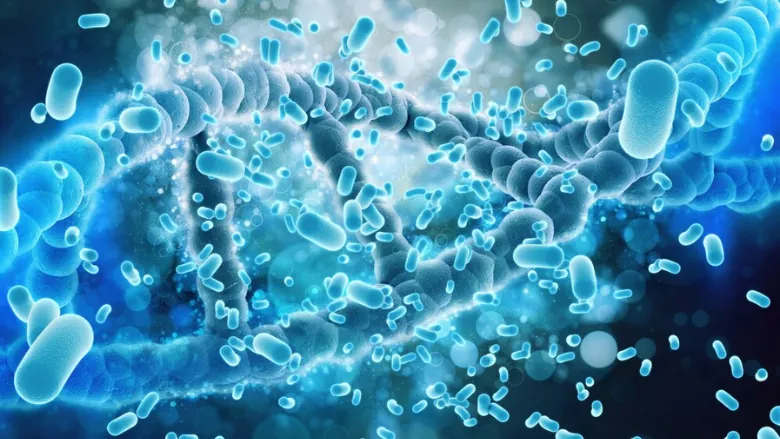
Revolutionary Wastewater Monitoring Techniques Show Promise for Tracking Foodborne Illnesses!
2024-09-20
Groundbreaking Study by Penn State University
In a groundbreaking study conducted by researchers from Penn State University, the power of wastewater monitoring has been highlighted as a valuable tool in the surveillance of foodborne pathogens. The team successfully isolated Salmonella from wastewater samples and utilized whole genome sequencing (WGS) to establish a connection with a known salmonellosis outbreak. Their findings, which appeared in the esteemed Journal of Clinical Microbiology, reveal a promising new avenue for public health surveillance.
Wastewater Monitoring during the COVID-19 Pandemic
Notably, during the COVID-19 pandemic, wastewater monitoring emerged as a critical method for detecting variants of the virus, often outpacing traditional clinical surveillance techniques. Building on this success, the Penn State researchers set out to explore whether this robust framework could similarly enhance the tracking of foodborne illnesses reported to public health authorities. Salmonella was chosen for the study due to its widespread occurrence and the existing systems in place for monitoring salmonellosis in Pennsylvania and across the United States.
Research Methodology
The researchers meticulously collected wastewater samples from two treatment facilities in central Pennsylvania throughout June 2022. They employed WGS on the isolated Salmonella strains and utilized the CDC's Systems Enteric Disease Response, Investigation, and Coordination (SEDRIC) platform to confirm the genetic clustering of isolates from both wastewater and clinical sources. Investigators also accessed records from the Pennsylvania National Electronic Disease Reporting System (PA-NEDSS) to ensure comprehensive coverage of relevant cases and compared their findings against documented outbreak investigations.
Impressive Findings
Out of the collected samples, an impressive 43 Salmonella isolates were retrieved, representing seven distinct serovars. This included 16 isolates of S. Panama (37.2%), nine of S. Seftenberg (20.9%), and eight of S. Baildon (18.6%), among others. Most strikingly, genetic analysis demonstrated a significant similarity between the wastewater isolates and those derived from human clinical cases. The S. Baildon isolates were particularly noteworthy, as they showed a direct connection to an ongoing foodborne illness outbreak. Notably, one patient sourced within the catchment area of one of the treatment facilities had contracted the same strain.
Proactive Public Health Strategy
This innovative approach to pathogen surveillance through wastewater monitoring not only provides a timely method for tracking foodborne illnesses but also presents a proactive strategy for public health response. As foodborne diseases continue to pose significant health risks, the ability to efficiently detect these pathogens at the community level could revolutionize how public health authorities manage outbreaks and protect population health.
Future Research Directions
Stay tuned as researchers dive deeper into this exciting development, potentially laying the groundwork for more effective surveillance solutions that can save lives!




 Brasil (PT)
Brasil (PT)
 Canada (EN)
Canada (EN)
 Chile (ES)
Chile (ES)
 España (ES)
España (ES)
 France (FR)
France (FR)
 Hong Kong (EN)
Hong Kong (EN)
 Italia (IT)
Italia (IT)
 日本 (JA)
日本 (JA)
 Magyarország (HU)
Magyarország (HU)
 Norge (NO)
Norge (NO)
 Polska (PL)
Polska (PL)
 Schweiz (DE)
Schweiz (DE)
 Singapore (EN)
Singapore (EN)
 Sverige (SV)
Sverige (SV)
 Suomi (FI)
Suomi (FI)
 Türkiye (TR)
Türkiye (TR)